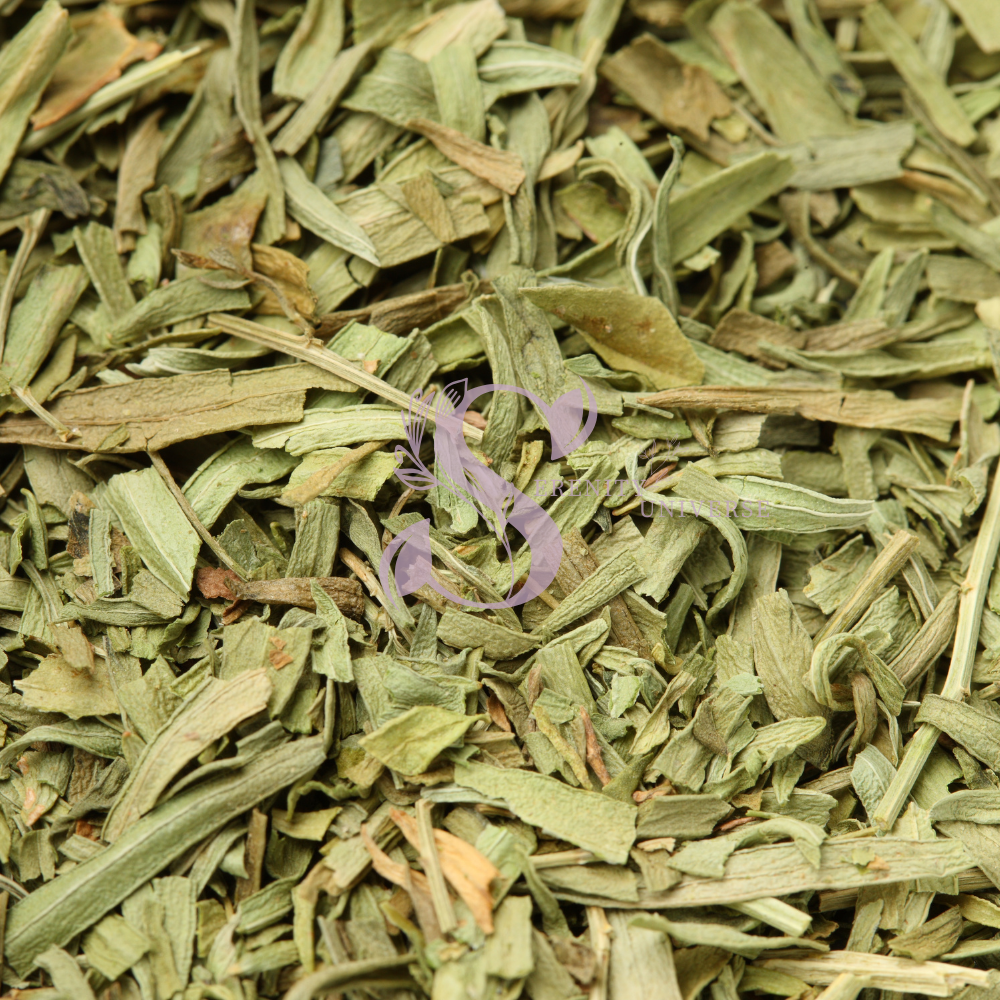
Botanical Name: Artemisia Dracunculus
Origin: Europe
Description: The plant attains a height of approximately 2 feet and showcases elongated, slender leaves that differ from other members of its genus by being undivided. The small flowers, forming in round heads, display a combination of yellow and black hues, rarely fully blooming. Its roots, extending through runners, are lengthy and fibrous. Tarragon serves to balance the coolness of other herbs in salads. The leaves, known for their aromatic taste and pleasant fragrance, are ideal for pickling. Fresh Tarragon contains a vital volatile oil, chemically resembling that of Anise, though this essence is lost in the dried herb. Historically, Tarragon root was utilized to alleviate toothache. Due to its delicate flavor, tarragon is versatile and can enhance various dishes. Here are a few uncomplicated ways to include tarragon in your meals: Sprinkle it into scrambled or fried eggs. Employ it as a garnish for roasted chicken. Mix it into sauces like pesto or aioli. Incorporate it into fish dishes like salmon or tuna.
Storage: Store in glass containers with a tight fitting lid in a cool, dark cupboard.
Safety & Disclaimer: Statements and products through out this site have not been evaluated by the Food and Drug Administration or Health Canada. These products are not intended to diagnose, treat, cure or prevent any disease or illness. Individual results may vary. Always seek the advice or consult your health care provider for your health concerns. If you are pregnant or have a medical condition please consult your health provider prior to use.



